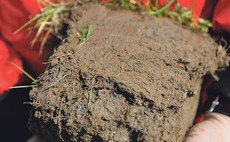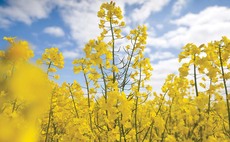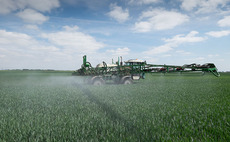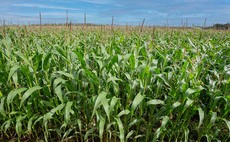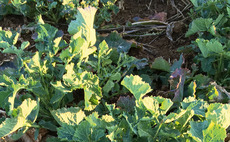Crops
Arable
Featuring varieties with high yields and strong disease packages, the 2021/22 AHDB Recommended Lists offer new options to growers in all regions. Alice Dyer takes a look at the latest additions.
Arable
With subsoil compaction difficult to quantify at field-scale, PhD student Joseph Martlew of Cranfield University has been working with NIAB TAG to investigate methods to quantify and alleviate it in arable soils.
Arable
The five new varieties added to the OSR RL are all hybrids, which now make up 80 per cent of varieties on the list.
Arable
The wheat price faces increasing pressure from the imminent, large Australian wheat crop.
Arable
Crop health faces huge challenges including climate change, biosecurity, pesticide availability, legislation and pesticide resistance.
Arable
As the weather turned wet in early October, the 2020 maize harvest could be described as a tale of two halves.
Arable
With many cover crops growing well this autumn thanks to good September moisture, management over winter will be important to ensure soils are in the best state for spring crops.
Arable
Oilseed rape plantings have fallen to their lowest level since 1986 at 318,000 hectares, according to AHDB’s Early Bird planting survey.
Arable
The 2020 season saw a wet autumn and winter, followed by a dry spring and a dull summer. Despite this, YEN estimated autumn sown crop potential of 18 tonnes per hectare this year.
Arable
Despite good oilseed rape establishment across much of the country this season, growers should be alert to the possibility of significant larval damage in the spring, as cabbage stem flea beetle pressures may not have fallen.
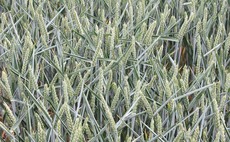
 30 November 2020
•
6 min read
30 November 2020
•
6 min read
